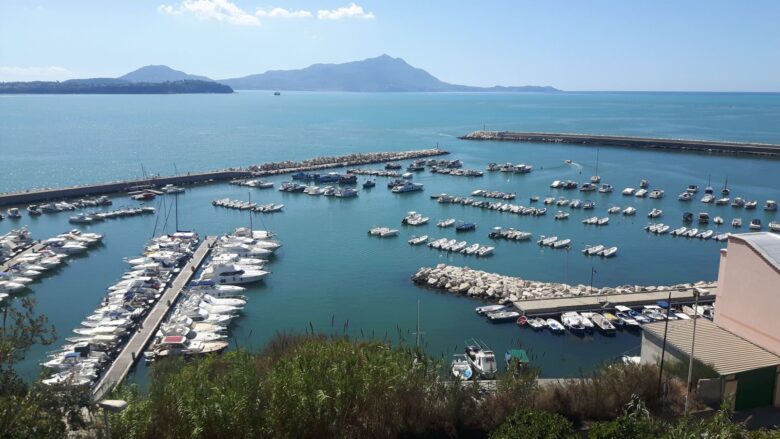Naples, a city rich in history, culture and tradition, is also a place steeped in myths and legends that captivate and seize the imagination of visitors. In this article, we will explore some of the most iconic and mysterious legends of Naples, immersing ourselves in a world of vampires, monsters and miracles.
The Tomb of Dracula
Many know that the infamous Dracula is a fictional character created by Bram Stoker, but few are aware of the curious connection between the vampire count and Naples. It is said that Dracula’s tomb lies within the Cimitero delle Fontanelle, one of the city’s most mysterious sites. The story goes that Vlad III — known as Vlad the Impaler — was imprisoned in Naples before his death. Today, his tomb is shrouded in mystery, making this spot an attraction for lovers of the macabre.
The Cimitero delle Fontanelle is a unique place, where the skulls and bones of thousands of deceased are lined along the cave walls. This subterranean cemetery is a place of prayer and reflection, but is also regarded as a meeting ground between the world of the living and the dead, reinforcing the legend of Dracula.
The Riviera di Chiaia and Frankenstein
The splendid Riviera di Chiaia in Naples, with its breathtaking sea views, is celebrated for its beauty. Yet few know that this area is linked to the myth of Frankenstein. Mary Shelley, author of Frankenstein, lived in this neighborhood while writing her famous novel. It is said that the inspiration for Dr. Frankenstein and his monster emerged from Naples’ hidden darkness and secrets. The beauty of this coastal zone starkly contrasts with the novel’s dark theme, but Naples has always held the power to inspire creativity in unexpected ways.
Legends of San Gregorio Armeno
San Gregorio Armeno — the famed street of handmade nativity scenes in Naples — is known for its Christmas traditions and artisan creations. But beyond the beauty of these sacred displays, the street is steeped in legend. It is said that the nativity statues can grant wishes and bring good fortune to those who touch them. Visitors are drawn to this enchanting street, rich in history and mystery. During the Christmas season, San Gregorio Armeno transforms into an enchanted world of nativity scenes, with unique characters and settings.
Legend has it that the nativity statues are protected by angels and able to fulfill visitors’ wishes. The artisans who craft these scenes follow traditions passed down through generations, helping to keep the heritage of San Gregorio Armeno alive.
The Cimitero delle Fontanelle
The Cimitero delle Fontanelle is one of the most enigmatic places in Naples. Legends tell of souls in torment lingering here, attempting to communicate with the living. The tombs are crowded with skulls and bones, creating an eerie atmosphere. Popular belief holds that by adopting a “skeleton” and caring for it, one may earn the protection of wandering spirits.
The Cimitero delle Fontanelle is a unique site, its walls lined with the skeletal remains of thousands. A place of prayer and contemplation, it also serves as a bridge between the realms of the living and the dead — further enhancing the legend of Dracula.
Saint Januarius (San Gennaro)
Saint Januarius, patron saint of Naples, is a figure deeply venerated by Neapolitans. Every year, thousands of faithful gather in the Cathedral of Naples to witness the Miracle of the Blood, when the saint’s blood miraculously liquefies. This extraordinary event is seen as an omen of good fortune or misfortune for the city. The legend of the martyr saint is steeped in faith and mystery.
San Gennaro’s miracle involves two sealed ampoules of blood, and their liquefaction is widely regarded as a divine sign protecting the city.
The Munaciello
The Munaciello is a playful spirit from Neapolitan folklore. Said to be a mischievous little monk, he plays pranks and tricks within households. Often invisible, he may manifest as a gust of wind or a distant whisper. The Munaciello is both loved and respected by Neapolitans, who seek to appease his restlessness by offering him food and wine. This figure is an intrinsic part of local folklore, adding a touch of magic and mystery to everyday life.


